Fight against powdery mildew on currants during fruiting
The appearance of powdery mildew on currants will be an especially unpleasant surprise if the shrub has entered the season of fruiting, because during this period the choice of means for treating the affected plant is rather limited. The bushes should not be sprayed with chemicals, otherwise the berries cannot be eaten. Meanwhile, it is imperative to fight powdery mildew so as not to lose the crop. As a protection, summer residents are recommended to use biological fungicides and folk remedies.
What causes powdery mildew to affect currants?
The currant is very often affected by American powdery mildew (spheroteka), the causative agent of which is the pathogenic fungus Sphaerotheca mors-uvae. The disease is widespread. Powdery mildew is most often found on black currants, but on red and white mycelium it can also carry out its destructive work. Spheroteca develops very quickly on bushes under certain weather conditions.
An outbreak can be facilitated by:
- violation of the planting scheme, as a result of which the bushes grow too closely;
- improper pruning that weakens the currant;
- attack of sucking pests;
- excess nitrogen in the soil;
- sharp temperature drop;
- warm and humid weather.
During the fruiting period, the disease is especially dangerous, since it can completely destroy the crop.
Spheoteku is often called “berry death”. Spores can overwinter in apical buds, on currant stems, in fallen leaves. The causative agent of powdery mildew remains viable for up to 6 years.
With the arrival of warm weather in spring, the fungus begins its life cycle anew. At the end of April, a new generation of spores is carried by the wind to the nearby shoots and neighboring bushes. The most active phase of powdery mildew occurs in June. Usually at this time, weather conditions are most favorable for the development of a fungal infection. In dry weather, the process dies out.
Symptoms of spheroteca lesion
Powdery mildew has characteristic features. It is difficult to confuse its manifestations with the symptoms of other diseases. When examining currant bushes, you can identify:
- the appearance of white spots on the tops of shoots, leaves and fruits;
- after a while, the plaque acquires a gray color and a structure resembling felt;
- the affected leaves become discolored, begin to curl;
- a brown-gray bloom forms on the berries.
In case of black currant disease in advanced cases, yield losses can reach 80%. Powdery mildew got its name because of manifestations in the form of specific symptoms: the mycelium growing on the leaves looks like scattered flour in appearance.
The first signs of the disease in the form of white spots on the underside of the leaves usually appear by the end of May. In a matter of days, the spheroteca spreads, capturing all the new leaves and shoots. In the period from mid-July to early August, the plaque acquires a felt structure, which indicates the maturation of the spores.
The disease reduces the frost resistance of the bushes - even if the currants survive in the first winter, they may freeze out later. Shoot growth is suspended. The leaves are getting smaller. The affected berries crack and crumble.
Preventive actions
It is not so easy to quickly get rid of powdery mildew in summer, so it is better to take preventive measures in advance to prevent the development of the disease on currants.First of all, it is necessary to pay attention to the sanitary state of the site - you should promptly remove fallen leaves at the end of the season, cut out diseased and thickening shoots. In addition, you need to take a number of protective measures:
- regularly apply phosphorus-potassium fertilizers;
- dust the leaves with wood ash;
- immediately remove infected berries and foliage.
You can not feed the currants in the summer with organic matter containing a large amount of nitrogen (manure, humus). Organic fertilizers should be applied in autumn, after mixing them with sand and fresh soil.
It is possible to save old weakened bushes from the sphere thanks to anti-aging pruning.
It is necessary to plant a shrub in a sunny place. Currants planted in the shade will hurt, despite careful maintenance.
When buying seedlings, you should give preference to varieties resistant to powdery mildew:
- black currant - "Heiress", "Mystery", "Katyusha", "Fedorovskaya", "Dobrynya", "Black Pearl", "Agatha", "Venus", "Tamerlane";
- red currant - "Ural beauty", "Alpha", "Asora", "Dutch red", "Serpentine", "Fertodi";
- white currant - "Diamond", "White squirrel", "English white", "White Potapenko", "White fairy".
The purchase of seedlings must be made from nurseries with a proven track record. Before planting, the planting material is soaked in a solution of copper-containing fungicides.
It is necessary to methodically destroy weeds growing near the currants, as well as to fight insect pests. A shrub with signs of severe damage is best uprooted and disposed of to protect nearby bushes from powdery mildew.
Control measures
Currants can get sick with powdery mildew, despite proper care and preventive measures, for example, if it rains for a long time. In this case, it is worth not delaying the treatment. If in the spring and after harvesting you can safely use chemical fungicides for this purpose, then during the fruiting period control measures should include exclusively biological products and folk remedies.
Use of biologicals
The composition of biofungicides includes varieties of specific fungi and bacteria that have a detrimental effect on pathogenic fungal microorganisms. Such funds are completely safe for the environment, humans, animals, pollinating insects, so their use is just advisable at the stage of fruiting currants. This group of drugs includes:
- "Alirin-B". The drug is available in tablets. Well compatible with other protective equipment. It also has a detrimental effect on the causative agent of gray rot. Has a long shelf life.
- "Baktofit". The product is poorly compatible with other fungicides. Highly effective against spheroteca. It is necessary to carry out three processing using adhesives. The drug has a wide spectrum of action, protecting against other fungal diseases.
- "Gamair". A product based on soil bacteria. It has a convenient form of release - in tablets. It has a protective effect against a number of fungal diseases. The finished solution is not subject to long-term storage. The drug is not addictive, compatible with other biological fungicides.
- Planriz. Fungicide is additionally a growth stimulant. Available in liquid form. After processing, the crop retains its natural taste and aroma. Can be used in any phase of the growing season. Stored for no more than 2 months.
- Rapsol. Fungicide is used in 1% concentration and as a part of tank mixes together with "Quadris" or "Topaz". The drug is used every 7-10 days, on resistant varieties - once every 2 weeks.
- Fitosporin. Complex preparation for a number of fungal diseases. Has a relatively long shelf life. The crop remains safe even on the day of spraying.The peculiarity of the product is that it is used at dusk, since the active components quickly decompose in the light.
All preparations additionally contain humic acids and microelements, which helps plants to recover faster, increases their immunity. The working solution should be prepared in strict accordance with the instructions for use.
It is necessary to spray the bushes several times. Usually at least 3-4 treatments are required for the effect to appear. Fungicides can be alternated with each other. The validity of biological products is from 7 to 20 days. After rain, unscheduled treatments should be carried out.
The use of folk remedies
To cure the bushes from powdery mildew at the time when berries appeared on them, you can use folk remedies. There are time-tested recipes that summer residents have been using for decades:
- Milk whey solution. You can also use other fermented milk products. 9 liters of water and 1 liter of whey are mixed in a bucket, then the bushes are sprayed with the composition in dry weather. Processing will need to be carried out 3 times with an interval of 3 days. After drying, the solution forms a film on the leaves that prevents the germination of fungal spores.
- Infusion of wood ash. It is necessary to boil 10 liters of water and add to them a liter can of wood ash. The composition is thoroughly mixed and left to infuse for 2 days. Before using the spray, add half a bar of household soap in a crushed form to it to ensure stickiness. The infusion is used for processing twice with an interval of one week.
- Potassium permanganate solution. This folk remedy will help at the very beginning of the disease. To prepare a solution for 10 liters of water, add 0.5 tsp of potassium permanganate. It will take 3 treatments, after each of them they take a break for 5 days.
- Infusion of garlic. For cooking, you can use not only garlic cloves, but also arrows. Finely chop a glass of peeled teeth or 0.5 buckets of garlic arrows, pour 10 liters of water and leave for a day. After that, the composition must be filtered and the currant leaves are treated with it on both sides. The treatment is repeated 2-3 times with a break a week.
- Mustard solution. For cooking, you need to use mustard powder. Add 2 tablespoons to a bucket of hot water. tablespoons of mustard, mix and wait until the composition cools. After that, currants are sprayed with a solution, abundantly wetting the leaves on both sides.
- Horsetail decoction. A concentrate is prepared on the basis of the herb, which is diluted with water before use. It is necessary to grind 100 g of horsetail, pour the raw material with a liter of water and insist for a day. After that, the infusion should be boiled for 2 hours over low heat and cooled. Then the composition is filtered. The resulting concentrate can be stored in the refrigerator for a week. For spraying, 1 part of the broth is diluted with 5 parts of water. In total, 3-4 treatments are required, they are carried out every 5 days.
- Infusion of mullein. The bucket is 1/3 filled with slurry, the remaining volume is occupied by water. The mixture is left to infuse for 3-4 days. Stir the composition periodically. Before use, the finished infusion is diluted with water in a ratio of 1:10. You need to use the product on a cloudy day so that the leaves do not get burned.
- Soda solution. Soda can be baking soda or soda ash - there is no difference. Add 2 tbsp for 10 liters of hot water. tablespoons of soda powder with a slide. To make the composition better adhere to the leaves, pour 2-3 tbsp into it. spoons of liquid soap. When the solution has cooled, it is used for spraying. Processing is carried out 2-3 times with an interval of 5 days.
For spraying with folk remedies, a fresh composition is prepared every time. The sooner such treatment is started, the faster it will bring results.
In recent years, powdery mildew has become a common occurrence for summer residents. But this problem cannot be ignored.Bushes must be cleaned of diseased leaves and treated with suitable agents at the first sign of illness. At the same time, the shrub needs careful care and the use of correct agricultural technology. Preventive measures often prevent powdery mildew outbreaks.
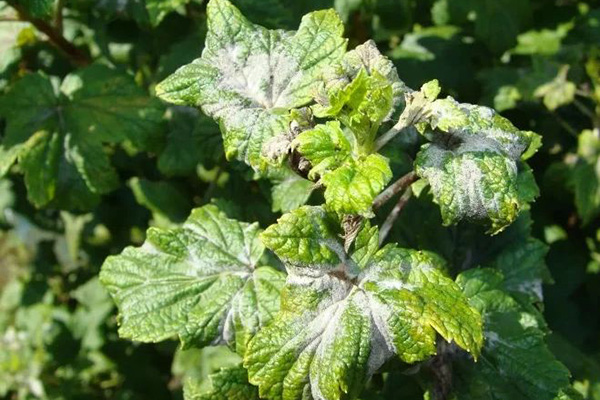
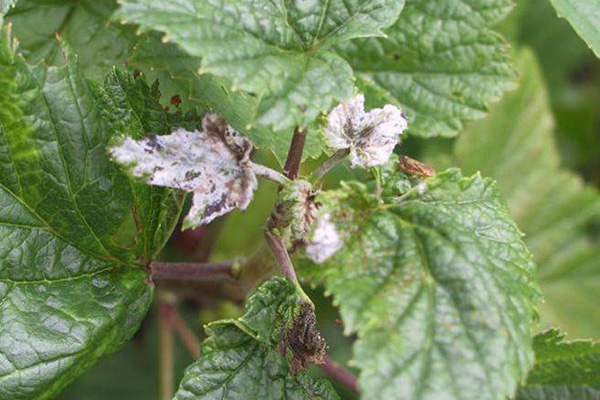
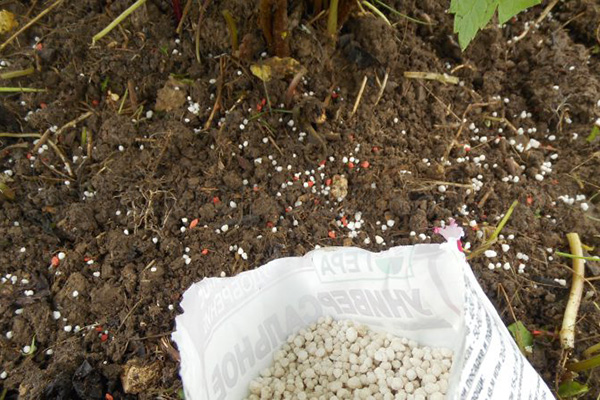
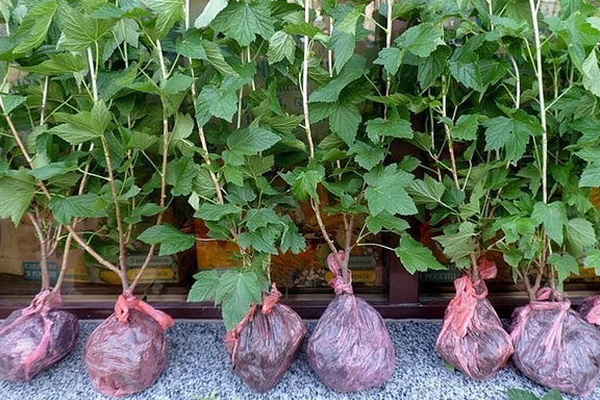
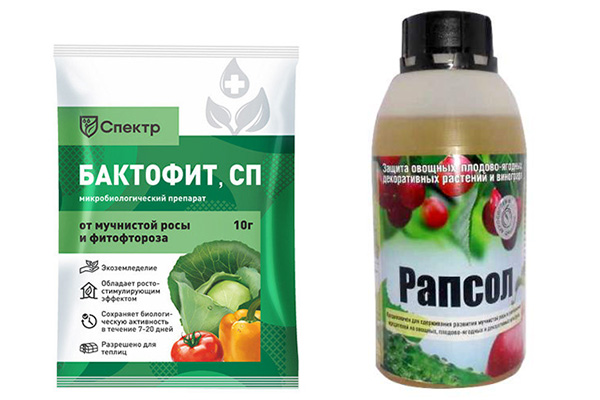

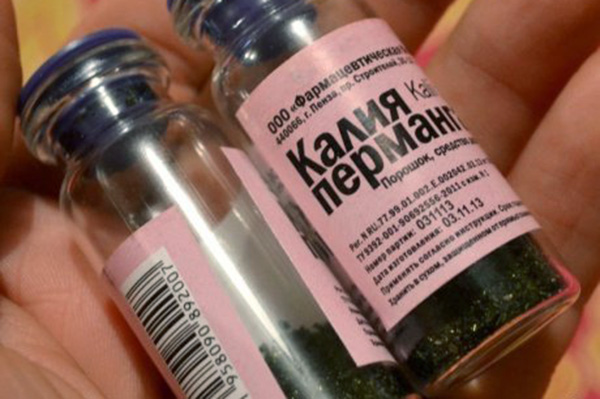
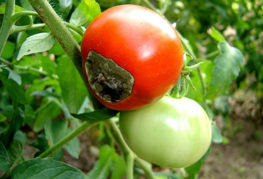
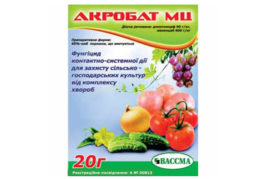
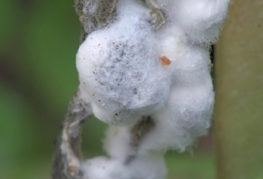
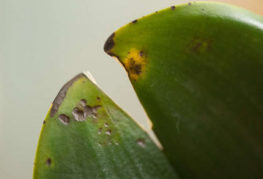
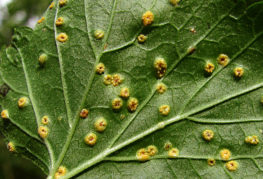
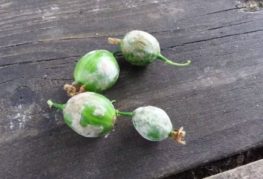
and will be published shortly.